When it comes to representing society’s diverse spectrum of beauty, the modeling industry hasn’t exactly gotten it right. “For a long time, it’s promoted the negative ideal that very thin, white teenage girls epitomize high-end beauty,” says Sara Ziff. “Implicit in this message is that fuller figured, non-white, grown women are incompatible with a high-end look.”
That, however, might finally be changing. Some of the industry’s most exciting new faces are
black, biracial, Asian, transgendered, and decidedly not a size 0
(Aya Jones, Binx Walton, Dylan Xue, Andrej Pejic and Ashley Graham).
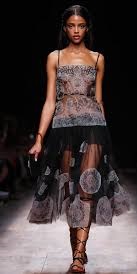
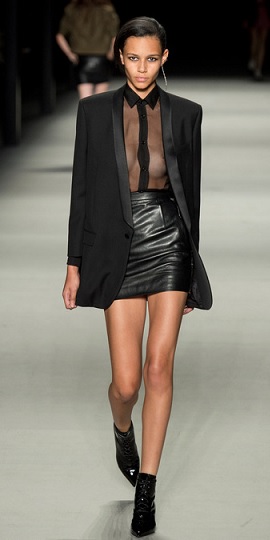
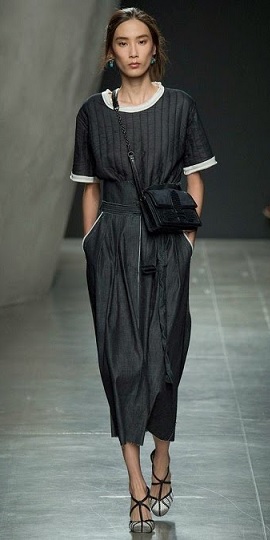
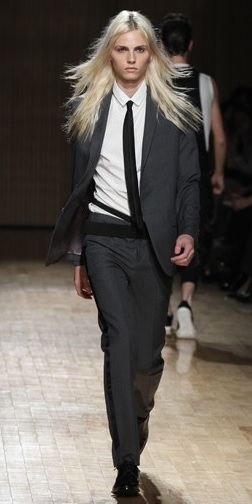
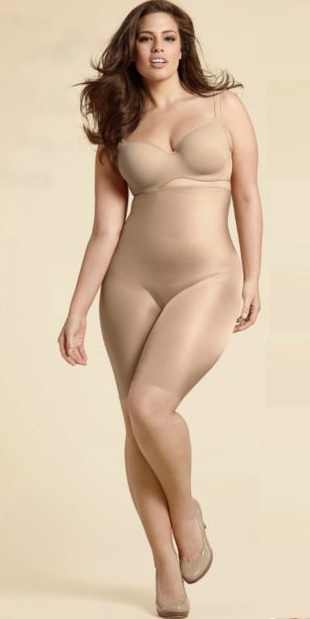
It’s Not Your Imagination: The Modeling Industry is Changing
by Hayley Phelan
https://www.yahoo.com/style/its-not-your-imagination-the-modeling-industry-113168855653.html
When it comes to representing society’s diverse spectrum of beauty, the modeling industry hasn’t exactly gotten it right. For a long time, it’s promoted the negative ideal that very thin, white teenage girls epitomize high-end beauty,” says Sara Ziff, former model and founder of the Model Alliance, a non-profit organization dedicated to creating safe and fair working conditions. “Implicit in this message is that fuller figured, non-white, grown women are incompatible with a high-end look.”
That, however, might finally be changing. Some of the industry’s most exciting new faces are black (Aya Jones), biracial (Binx Walton), Asian (Dylan Xue), transgendered (Andrej Pejic), and decidedly not a size 0 (Ashley Graham). Sports Illustrated featured their first plus-size woman, model Robin Lawley, while Crystal Renn, Myla Dalbesio and Kate Upton—part of the influx of “in-between size” models—have found mainstream and high-fashion success. The most successful models (Gisele, Adriana Lima, Natalia Vodianova) working today are above the age of 30; in 2014, the average age of Forbes’ richest list was 31.5, five years older than it was in 2007 (26.5). And, according to The Fashion Spot’s seasonal diversity report, the fall 2015 runways featured more women of color than ever before (though still not nearly enough.) After years of getting called out by the media—for being racist, sizeist and ageist—has the modeling industry finally started listening?
“I think the tide is shifting, albeit slowly, in the right direction,” said casting director Julia Samersova, who’s worked with everyone from J.Crew to Jimmy Choo.
These are not leaps and bounds, but baby steps. Runway models are still usually young and skinny. And, unfortunately, they’re still mostly white. As The Fashion Spot’s diversity report reveals, 77% of models that walked the runways at New York Fashion Week were white (though that’s down from 80% last season). So, while the figure is nothing to brag about, it’s an improvement. ”Although we still have a ways to go, at least we’re seeing incremental change in terms of increased racial diversity,” said Ziff.
Off the runways things are a bit better: Models of different ages, ethnicities and body types are booking lucrative and high-profile gigs, as brands catch onto the fact that most women don’t aspire to be stick-thin teenagers.
“100% the old and tired attitude that models must be young, young, young has dramatically shifted,” said Samersova. “Women want to be inspired by other women, not little girls. They want to aspire to be themselves, only better—not necessarily younger. I think our perception of age is changing. I am not sure a woman in her 40’s wants to buy what an 18 year old is selling.”
This is good news for models too, many of whom were forced into adult situations at a young age. “At the Model Alliance, we feel that adults, not children, should model clothing that is marketed to adults,” said Ziff. “It sets a healthier standard for models and consumers alike.”
The two are more related than one might think. Traditionally, Ziff explains, the modeling industry has operated “in a bubble” with a “very top-down” management style. “Although the models are the faces of the industry, most models have very little power within it,” she said. “By giving models a say in their work, we aim to make the industry more transparent, accountable and fair.”
When models have fairer contracts (read: no stipulations about weight gain) and more power in their business dealings, they’re less likely to succumb to eating disorders or stay silent about discrimination. And thanks to social media, models don’t need to rely on their agencies for press: they’ve got a direct line to brands as well as fans, and are able to craft an image that sets them apart from others, making them a marketable asset even if they gain ten pounds, or age ten years.
“The power it has given models is unquantifiable,” said Samersova. “I mean Vogue did an entire cover and feature story on the ‘INSTAGIRLS’ [Karlie Kloss, Cara Delevingne and Joan Smalls]. This is just the beginning.”
Unlike a runway show, where models are meant to be interchangeable, social media celebrates the unique individual, quirks and all. On Instagram and Twitter, being outside the norm is actually a good thing; it’s what makes for interesting and compelling stories. It’s a fact that America’s Next Top Model (ANTM) has been banking on for years. The reality show has consistently pushed modeling boundaries—they’ve put the spotlight on models of all different ethnicities, genders, and body types, from plus-size winner Whitney Thompson, to transgendered contestant Isis King to Chantelle Brown Young, who suffers from vitiligo.
“When we started the show one of the mandates that Tyra had, as well as myself, being Asian American, is that we wanted to move the ball an inch, to expand the notion about what beauty was,” explains Executive Producer Ken Mok. Mok has witnessed how powerful an asset a unique point of view can be for a model. “Frankly, a lot of the cast members who have been different—who are Trans or who have Aspergers— wind up being the most popular characters on the show.”
ANTM might be one of the reasons the modeling industry has opened their eyes to different types of beauty. “Indirectly, we’ve had an effect we’re really proud of that,” said Mok. “I do think that over the last 12 years, you’ve seen the picture change quite a bit [in the modeling industry].” The effect on public perception has been even greater: “When you see something on TV, it’s like saying, ‘Okay, it’s permissable,’”said Mok. “When people, especially young girls, see people on TV that reflect who they are and what they look like, it has a positive effect.”
The biggest vehicle for change in the modeling industry, however, hasn’t been the models or even the media, but the consumer.
“Designers realized the consumer is king and the consumer is everywhere,” said Samersova. “As an industry we need to reflect that globalism. Also, the industry has now realized that a woman over size 8 also wants and deserves to feel stylish and have access to designer and luxury items.There is a lot of money to be made dressing the over size 8 population.”
Ziff agrees that, thanks in part to conversations stated in the media, it’s now become a bad PR move for a designer to not reflect a degree of diversity in their casting choices.
“Consumers have more power than they realize,” said Ziff. “Ultimately, the fashion industry is a business, and if consumers stop buying clothing and beauty products from brands that send negative messages through their advertising, or that mistreat their workers, these brands will be forced to evolve.”
Or, as Samersova, put it: “The almighty dollar wins every time!”
Consumers interested in seeing a wider variety of beauty reflected in the pages of their magazines, or on the runway, would be wise to keep that in mind. Because, while these small improvements are reason to hope for more diversity within the modeling industry, we’ve still got a long way to go.